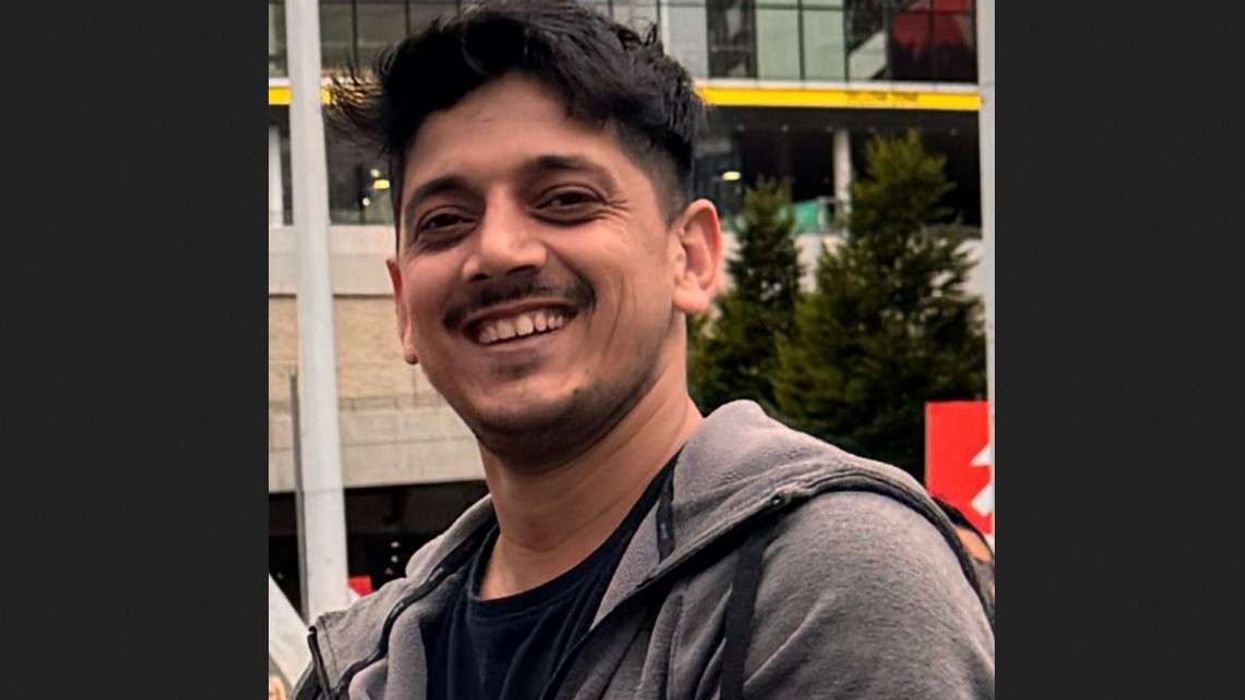British prime minister Boris Johnson called for a "new era of global health co-operation" as he prepared to host a vaccine fundraising summit on Thursday under the shadow of coronavirus.
The virtual meeting aims to raise $7.4 billion for immunisation programmes stalled by the pandemic, and will see the launch of a new fundraising drive to support potential COVID-19 vaccines.
"I hope this summit will be the moment when the world comes together to unite humanity in the fight against disease," Johnson said in a statement.
The British leader added he hoped it would "inaugurate a new era of global health co-operation, which I believe is now the most essential shared endeavour of our lifetimes".
More than 50 countries are taking part in Thursday's meeting, as well as individuals such as philanthropist Bill Gates, and will raise funds for Gavi, the vaccine alliance.
Over the next five years, it wants to reboot halted programmes and provide vaccines at a much-reduced cost to some 300 million children.
Gavi and its partners will also launch a financing drive to purchase potential COVID-19 vaccines, scale-up their production and support delivery to developing nations.
The pandemic has exposed new ruptures in international cooperation, notably with US President Donald Trump's decision to pull out of the World Health Organization (WHO).
But Johnson said helping developing countries would benefit places such as Britain, which has suffered the worst coronavirus death toll in Europe.
"This support for routine immunisations will shore up poorer countries' healthcare systems to deal with coronavirus -- and so help to stop the global spread," he told reporters on Wednesday.
"This virus has shown how connected we are. We're fighting an invisible enemy. And no one is safe frankly until we are all safe."
- All at risk -
Gates said that pharmaceutical companies had been working together to try and secure the required production capacity.
"It's been amazing, the pharmaceutical companies stepping up to say 'yes, even if our vaccine is not the best, we will make our factories available'," he told BBC Radio 4.
"If you only have one factory, and it's only making say 300 million doses a year, then the scramble for that would be very difficult.
"If you can get 10 of those factories and get three billion a year, then it's not nearly as difficult."
The coronavirus pandemic has killed more than 380,000 people since it emerged in China last December, according to an AFP tally of official sources.
Stay-at-home orders were imposed across the world, causing huge economic disruption and the suspension of many routine immunisation services.
The WHO, UN children's agency UNICEF and Gavi warned last month that vaccine services were disrupted in nearly 70 countries, affecting some 80 million children under the age of one.
Polio eradication drives were suspended in dozens of countries, while measles vaccination campaigns were also put on hold in 27 countries, UNICEF said.
Recent Gavi-supported modelling from the London School of Hygiene and Tropical Medicine estimated that for every coronavirus death prevented by halting vaccination campaigns in Africa, up to 140 people could die from vaccine-preventable diseases.
"More children in more countries are now protected against more diseases than at any point in history," said Seth Berkley, chief executive of Gavi.
"However, these historic advances in global health are now at risk of unravelling as COVID-19 causes unprecedented disruption to vaccine programmes worldwide.
"We face the very real prospect of a global resurgence of diseases like measles, polio and yellow fever, which would put us all at risk."





 Jahanvi Tiwari is reshaping global beauty by celebrating brown skin Jahanvi Tiwari is reshaping global beauty by celebrating brown skin
Jahanvi Tiwari is reshaping global beauty by celebrating brown skin Jahanvi Tiwari is reshaping global beauty by celebrating brown skin  Jahanvi Tiwari celebrates brown beauty for a global audience
Jahanvi Tiwari celebrates brown beauty for a global audience The Brown Daughter creator champions inclusivity and self-confidence
The Brown Daughter creator champions inclusivity and self-confidence Jahanvi Tiwari turns representation into a lifestyle movement
Jahanvi Tiwari turns representation into a lifestyle movement 






